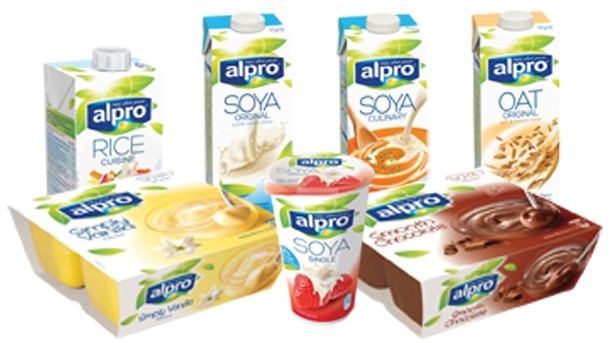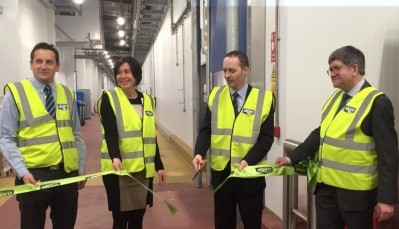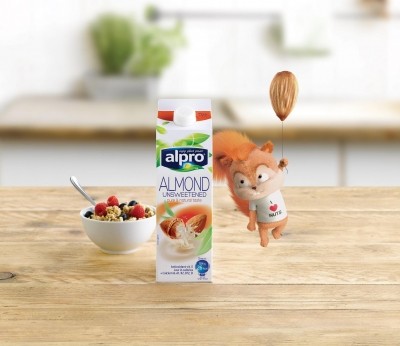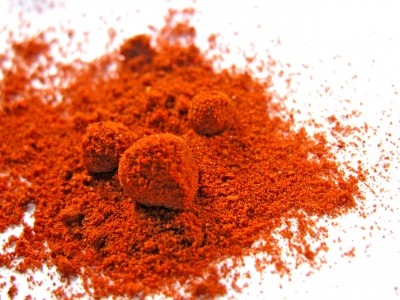EFSA stymies progress on ‘may contain’

But the European Food Safety Authority’s (EFSA’s) failure to agree to specific allergen thresholds in a recent draft consultation paper is stymying progress in this area, according to an allergy expert.
The delay in agreeing action levels is down to the EFSA, which failed to come up with action level numbers for the various allergens, in a draft report on the subject issued earlier this year, claimed Rachael Ward, a food safety and scientific regulatory affairs consultant. EFSA said more clinical data was required, claimed Ward.
“EFSA’s draft report has very deliberately not answered the Food Safety Authority of Ireland’s question of what is a threshold action level for ‘may contain’ for allergic consumers because they are saying there is insufficient data,” said Ward.
‘Frustrated the whole community’
“That’s really frustrated the whole of the community across different disciplines because we know there will never be enough data and we are looking for EFSA to do that risk assessment and give the definitive numbers.”
Plant protein specialist Alpro had wanted to combine production of its soya, rice and oats drinks with products containing nuts. But it reversed its decision in response to a campaign by allergy sufferers, who objected to the introduction of ‘may contain’ labels on products to cover potential cross contamination.
Although much stricter allergen action levels are needed to label ‘free-from’ products, another set of action levels for accidental cross-contamination during manufacture would create more certainty about the use of ‘may contain’ labels. According to experts, this would ensure that foods with ‘may contain’ labels would be safe to eat by 95% of people with some degree of allergy or intolerance.
‘May contain’ labels are particularly contentious. While used by manufacturers as a due diligence defence, they are regarded as useless by most allergy suffers, who avoid eating the large numbers of products labelled in this way.
Manufacturers and allergy campaigners desperately want action levels, which the former could use to develop a more rigorous and consistent basis for ‘may contain’ labelling of allergens. Only when potential cross contamination during processing was above a scientifically agreed level where adverse reactions start occurring would ‘may contain’ labels be used. Foods below this levels would not cause an allergic reaction for 95% of the population, and therefore wouldn't need to be labelled. It would provide far greater certainty for allergy sufferers.
In many instances, such as Alpro’s, this approach would do away with the need for separate production lines and facilities for products made with allergenic ingredients together with those without them, where rigorous segregation and cleaning procedures were used. It would have cost benefits both for manufacturers and those buying the products.
Outcry
Alpro’s original decision to combine production and use ‘may contain’ labels, “caused an outcry by consumers who were allergic”, according to allergen expert Michelle Berriedale-Johnson, who will chair the Food and Drink Innovation’s Freefrom conference in London on September 10, at which Ward will also be speaking.
Allergen experts have been working for about 10 years on developing a system of action levels for the 14 main allergens, which would enable manufacturers to avoid using ‘may contain’ labels where they were not strictly necessary.
For example, it is generally accepted globally that below levels of 20 parts per million (ppm), it is safe to label products ‘gluten-free’, but no action level believed to be around 100ppm has yet been agreed above which ‘may contain’ labels should be introduced for gluten, according to Ward.
“This is the action level above which unintentional, unavoidable cross-contamination presents health risks to consumers,” said Ward. “It’s improving consumer communication to the next level the reason ‘may contain’ is useless is that it is used inconsistently.”
Simon Flanagan, senior consultant, food allergens with RRSL will provide an update on allergen control at Food Manufacture’s one-day food safety conference: ‘Safe and legal food in a changing world’, which takes place on October 15 at the Heritage Motor Centre, Gaydon, Warwickshire. For more information or to book, click here.

















